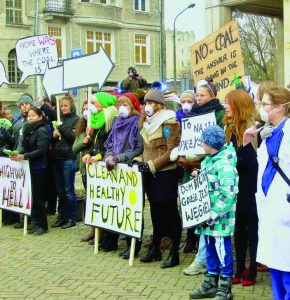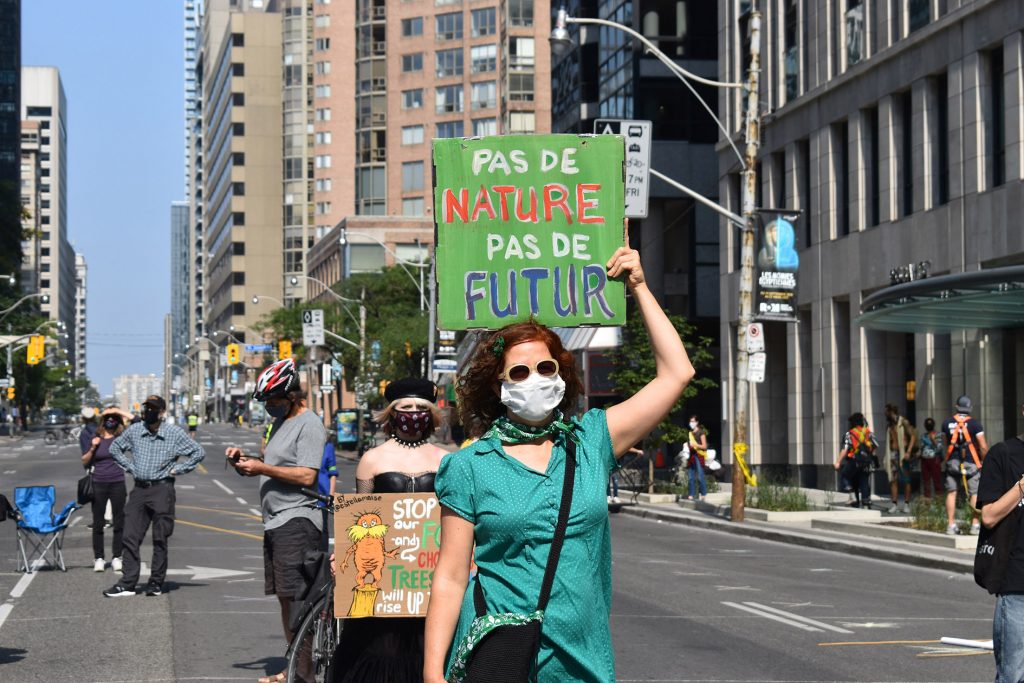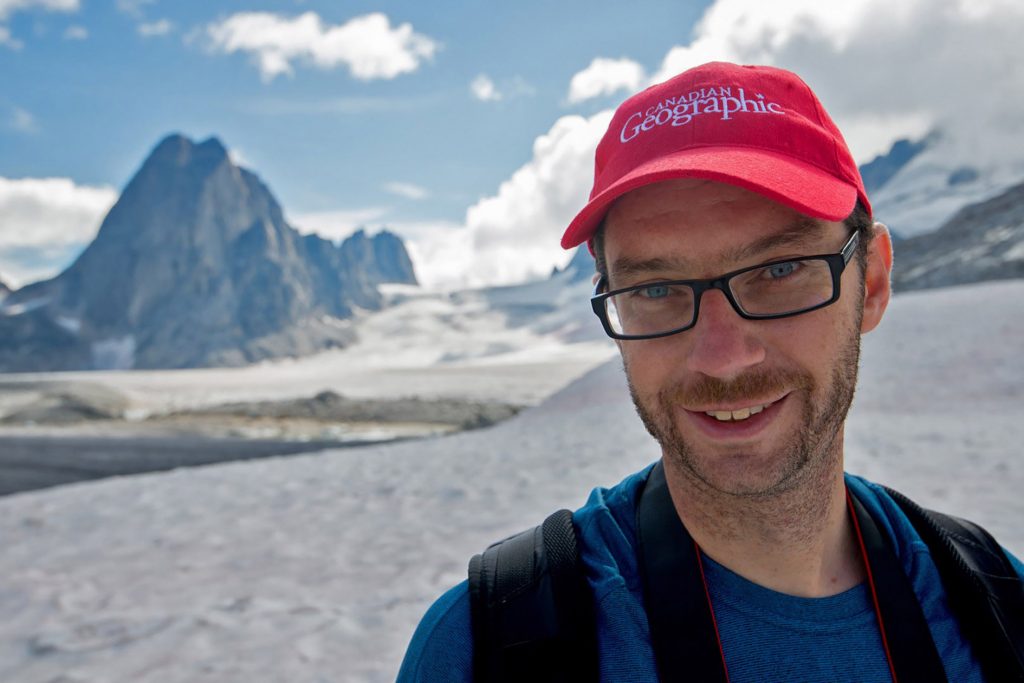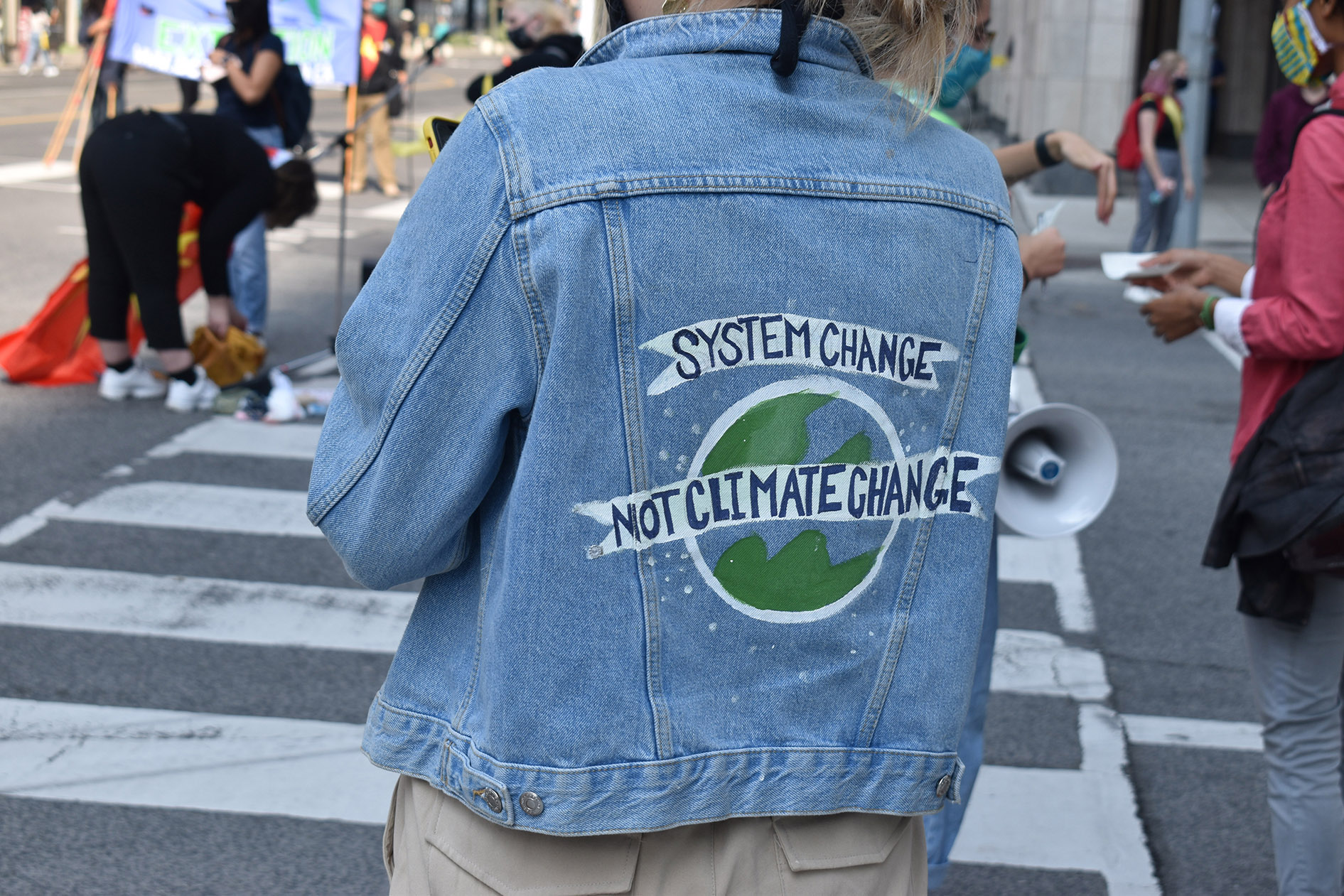By: Melanie Valente-Leite
Activists across Canada have demanded world leaders invest more time into a sustainable future. But with a global pandemic on the rise who’s really listening?
The Canadian media has a massive role in determining what residents see on several different platforms, but they aren’t providing their viewers with a complete picture of Earth’s climate issues.

Stephen Leahy, a global award-winning environmental journalist with over 25 years of experience, shared his encounters with Canadian media and their approach towards climate change.
“[It’s] one of the most important issues of our time and Canadian media were ignoring it for the longest time. It’s a puzzle to me. Canada has always prided itself as being a player at the international level. But there was just complete absence of coverage by Canadian media at these big international events,” he says.
Leahy worked with Friends of Canadian Broadcasting and published an editorial piece in September 2019 on how the Canadian media is failingto educate their readers on climate change, only scratching the surface when climate issues are reported. But, he says, they’ll dive deep into specific details for entertainment stories or sports events. Anyone who can obtain news, whether online or in print, is aware of the main events that happened in 2020 – COVID-19, protests for Black Lives Matter, legends Kobe and Ruth Bader Ginsburg passing, Joe Biden becoming president of the United States, to name a few.
All vital issues to Canadians should be aware of, but as we focused on those, the condition of our planet somehow took a backseat.
According to National Geographic, “Climate change is a long-term shift in global or regional climate patterns (refers specifically to the rise in global temperatures).”
Eleven per cent of all global greenhouse gas emissions are due to deforestation. Forests cover more than 30 per cent of the planet’s surface, providing food, energy, and medicine for 1.25 billion people.
Many species of plants and animals face extinction every day, and weather-related disasters have increased by 46 per cent from 2007-2016, which can cause up to 60,000 deaths annually, with the majority of deaths occurring in developing countries.
One notable outcome of the global pandemic was NASA’s 2020 report that NO2 emissions (NO2 forms from ground-level emissions related to the burning of fossil fuels from vehicles, power plants, industrial sources, and off-road equipment) decreased by 30 per cent in air pollution due to people being in quarantine.
Skimming through Canada’s prominent media outlets it’s clear there is no dedicated section for environmental stories in many. Regular sections range from local news to sports, business, arts and even real estate, yet climate change doesn’t seem to be significant enough for a segment.

Neil Andersen is the President of the Association for Media Literacy Ontario. The organization helps teach children in school to understand how to read the news. Anderson also has taught for 30 years in the U.S., China, India and more.
Andersen says he “talked to a Globe and Mail reporter who was extremely frustrated because he couldn’t convince his editors to publish his stories. They didn’t see why they were important.”
Anderson says there is some coverage on Canada’s climate issues from major news platforms, including the Globe and Mail, but the stories often lack details and time invested on the subject.
According to the most recent data gathered by Statista in 2019, 77 per cent of Canadians seek news from online media outlets. So increasing major local and global environmental coverage may improve an understanding of climate change issues.
Kylie, an awarding-winning writer, editor and manager of national magazines specializing in the outdoors, wildlife, and conservation, has worked for years covering stories exploring environmental issues in Canada. In 2014, he wrote a book called Biggest and Best of Canada: 1000 Facts & Figures, informing reader’s different facts about nature worldwide.
Aaron Kylie, Editor-in-Chief at Canadian Geographic, says the average Canadian probably doesn’t fully appreciate issues such as the importance of the world’s oceans to our planet’s health.
“Seventy-one per cent of our planet is covered by water,” Kylie says.
“You could maybe start to appreciate how important that space can be. And there are drastic and alarming changes that are happening in that space,” he says.

Last year Canadian Geographic looked at the potential for a sixth mass extinction event, vast biological diversity loss. It reported one of the challenges is humanity’s poor track record in responding to large-scale existential threats.
He says there are many journalists in Canada interested in environmental issues. One of the challenges from within is that most people want to read about good things. “There are ways around that,” he says. Publishing stories that celebrate some of the good things that are happening is one way.
Kylie says he is hopeful that at the end of the pandemic people will have gained a greater understanding for how all of our life systems – be it economic, food systems, energy systems – interact with the environment and the impact those systems have on the natural systems of our planet.
When it comes to climate issues, Kylie says people are smart and will get it, and the ultimate decision on whether or not it’s covered is up to them.
“Everyday people determine what we write about. What is successful, what isn’t.”
Two sisters trying to raise awareness have taken action into their own hands and founded PlasticFree Toronto, a community group made in 2018.
It’s a movement of people interested in learning about climate change, social justice, and sustainability. They host several activities throughout the city, such as DIY workshops, tours of sustainable businesses and restaurants, movie nights, and more.

Dr. Antonia Sappong is one of the founders and a general practitioner.
“Yes, some people may choose not to read them, but at least the information is there. And then you look at climate coverage in this country, and it’s just like a gaping hole,” she says.
Her sister, Linda Sappong, with whom she founded PlasticFree, is also the co-chair of Leslieville Reduces.
She says, “I think it’s important for everyone to be reporting on these issues because they’re broad, they’re diverse. I don’t think there’s anyone that isn’t affected by climate change in some way, shape, or form.”
Linda says Canadian news organizations have the platform to inform the public of the critical news surrounding them. This is a chance to educate their viewers on how future generations will work for a sustainable planet and aid in making climate change a priority in government systems and society.

